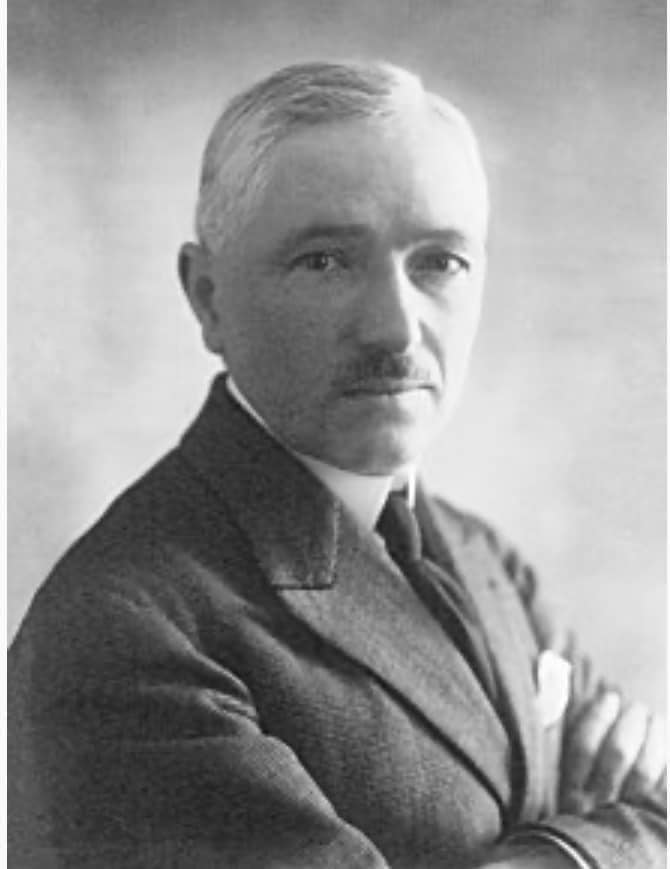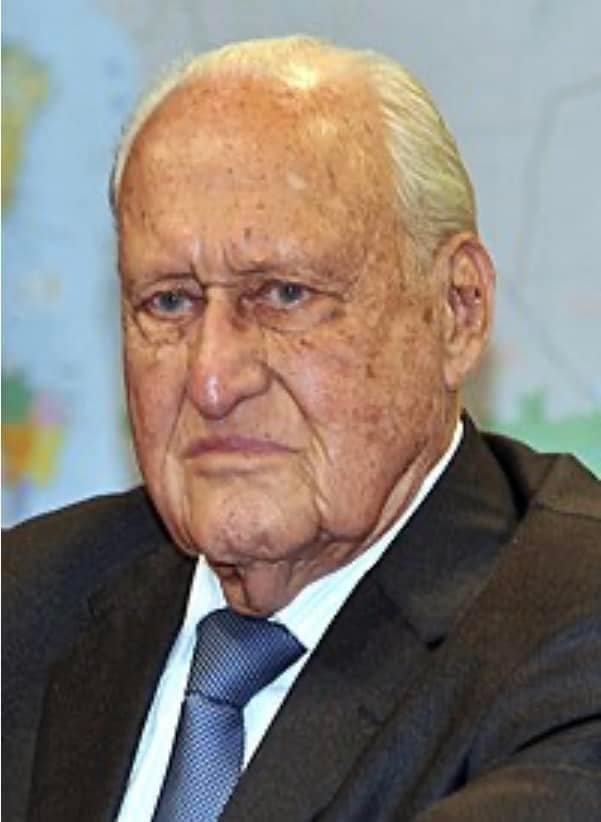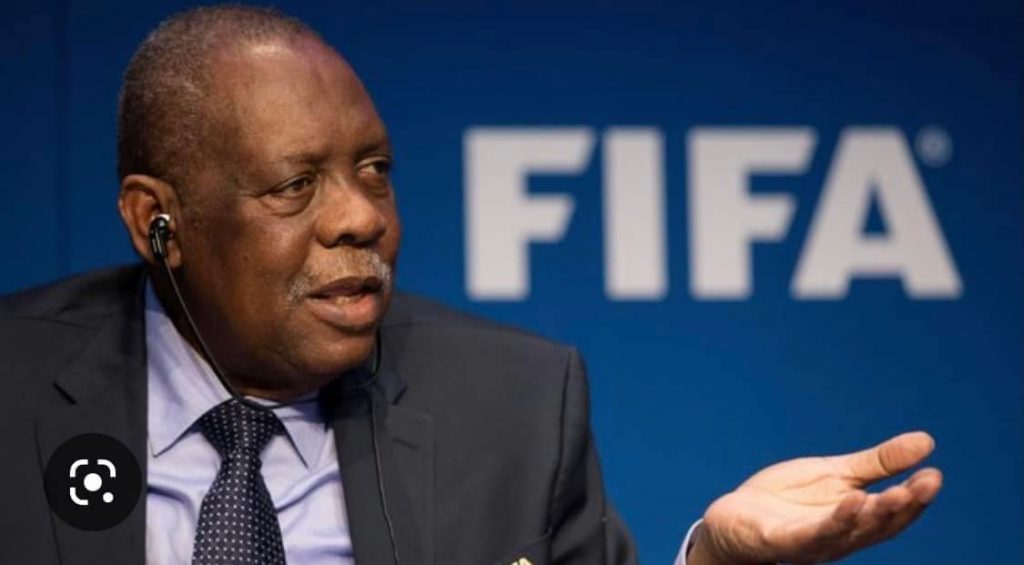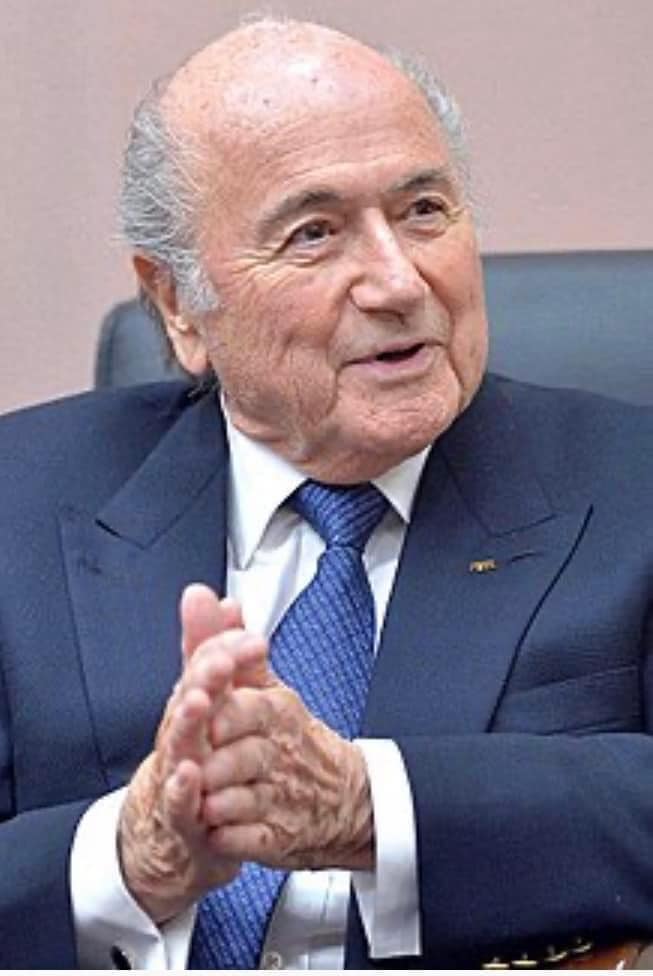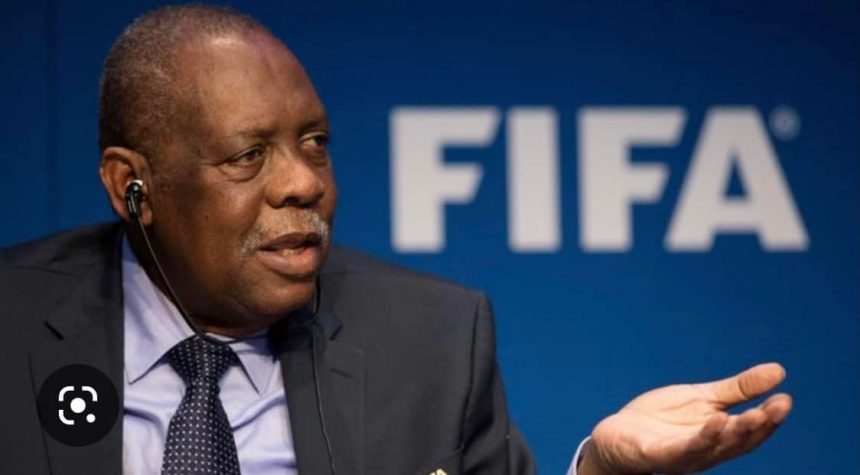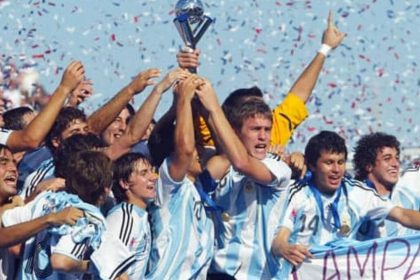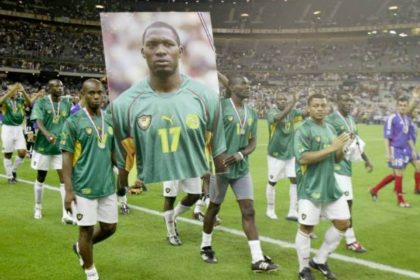Format for 2026 World Cup could be revamped amid ‘collusion’ fears , says Fifa vice-president Martyn Ziegler.
One of the leaders of the 2026 World Cup has admitted that FIFA is wrestling with the thorny issue of how to organise the group stage for the first 48-team tournament to ensure that there will be no collusion between the teams in the final group match.
The initially agreed plan for the tournament in the United States, Canada and Mexico is to have 16 groups of three teams, with the top two in each advancing to a round of 32. But that means one team in each group will not be involved in the final match of the phase. It may therefore suit the teams who are playing to contrive a result that would allow them both to qualify — as happened infamously with West Germany and Austria game (Disgrace of Gijón) at España 1982 FIFA World Cup.
With Qatar likely to be the last 32-team edition for the foreseeable future – Rob Fielder, author of The Complete History of the World Cup believes FIFA are more likely to expand to 64 teams than revert.
Precedent exists for an expansion of the World Cup. From 1998 it went to 32 teams, a move the European countries hypocritically opposed to on the grounds that it would dilute the quality, when UEFA itself keep on spinning huge revenues from expansion of its own national and clubs’ competitions to put undue pressures on the rest of the global continental association and FIFA itself.
‘And in fairness, the format of the World Cup at the moment has actually worked really well. It’s probably got better, I think that it has probably prompted the rest of the world to catch up a bit’, Rob Fielder said.
The likes of South Korea (semi-finalists in 2002), USA, quarter-finalists that same year, Senegal likewise; Ghana a penalty away from the semi-finals in 2010 while Costa Rica came within a penalty shootout defeat of reaching the semi-finals in 2014. The rest of the world has begun to catch up.
That expansion grew the World Cup by eight teams, however. Double that are set to join from 2026. By the time the qualification process for that tournament rolls around, around 25 per cent of those competing will end up playing at the World Cup itself.
A staple of every edition since 1934, four-team groups have long been synonymous with tournament football (1950 only had 13 teams after India, Scotland and Turkey withdrew).
Aligning themselves with UEFA, who will move away from the conventional format for the Champions League from the 2024-25 season, critics see the globe’s two major governing bodies as more interested in the balance sheet than competition.
Addressing the concerns related to collusion, FIFA vice-president and CONCACAF president Victor Montagliani commented in April 2022 that FIFA was still considering twelve groups of four or two sets of six groups of four, both of which would eliminate collusion entirely.
Now what is the history and the politics behind these perennial clubs’ and national teams’ expansions by FIFA and its continental confederations?:
The first international football outside the British City isles on record was the match between Uruguay and Argentina in Montevideo, July 1902. As football began to increase in popularity, it was contested as an IOC-recognised Olympic sport at the 1900 and 1904 Summer Olympics, as well as at the 1906 Intercalated Games, before becoming an official FIFA-supervised Olympic competition at the 1908 Summer Olympics with 8 countries participating in each of the Olympics football competitions.
So early, the need for power supremacy and grip on glamour had erupted between FIFA and IOC over the organisation of football tournaments. After seeing the popularity of football in the 1908 and 1912 summer Olympics which Uruguay won back-to-back, FIFA that was founded earlier in 22 May 1904 with 8 foundational federations moved immediately to whittle down the prestige of the Olympics football by directly taking over its organisation and limiting the participants to only amateur players, this continued until almost the decade-long schemes of FIFA to establish its own football tournament (after an earlier failed attempt) was finally accomplished in 1930 through the first invitational tournament that targeted 16 countries that was later attended by only 5 European countries that made a tortuous ship’s journey for weeks across the Atlantics to South American country of Uruguay which was chosen as the first hosts due to their preceding exploits in the Olympics, 7 Latin American countries and the USA (making 13). The 1934 World Cup was hosted by Italy and was the first World Cup to include a qualification stage. Sixteen teams qualified for the tournament, a number which would be retained until the expansion of the finals tournament in 1982.
The sound successes of the 1930 and 1934 FIFA World Cup meant the targeted power supremacy of FIFA over IOC on prestige of its tournament was fully accomplished successfully.
As football continued to grow in global fame, continental associations began to take root, this led to fresh battles for power tussles and supremacies between FIFA and the various continental bodies.
The UEFA was established in 1954 while CAF was founded in 1957. In January 1964, Fifa decided that the line-up for the 16-team finals of the 1966 World Cup tournament would include 10 teams from Europe, including hosts England (making 11 from UEFA alone), four from Latin America (COMEBOL) and one from the Central American and Caribbean region (CONCACAF).
That left just one place to be fought for by three continents: Africa, Asia and Oceania, African countries led by CAF boycotted the tournament after their demand for a guaranteed spot in the main draw wasn’t met.
It was a show of continental force that rocked FIFA to its roots hence the guaranteed one spot representation granted Africa for the first time in 1970.
The European Football confederation (UEFA) too inaugurated the European national teams’ competition and the prestigious annual clubs’ tournament named European cup that later became the money-spinning UEFA champions’ league in 1992.
All these continental glamours and challenges to its authority spurred FIFA again to expand the World Cup to a 24-team tournament in España 82 World Cup and later 32 in France 98 to retain its original status as the most glamorous football’s show on Earth and appease the now highly influential continental football associations.
As the TV revenues continued to trickle in, the big 4 leagues (La liga, premier league, serie A, Bundesliga and Lique 1) with the ever expanding UEFA champions’ league and the continued expansions hence huge revenues from continental national teams’ competitions like the Euros (now a 24-team tournament from its initial 8 from inauguration), AFCON too 24-team (from its initial 4 from inauguration and Copa America (now 10 or even sometimes a 12-team tournament when 2 extra invitations are presented to countries outside the confederation) present a fresh supremacy challenge to FIFA who require a matching revenue to retain its authority hence the latest decision to expand the next World Cup to a 48-team tournament.
But who knows how UEFA is going to respond to this latest FIFA’s move again through the enlargements of its own national and club’s’ competitions?.
The World have not seen the end of these football’s power tussles yet most probably.
(References: Julian Bovill, Daily Mail. Nov 2022, Ziegler, Martyn April 1, 2022)
